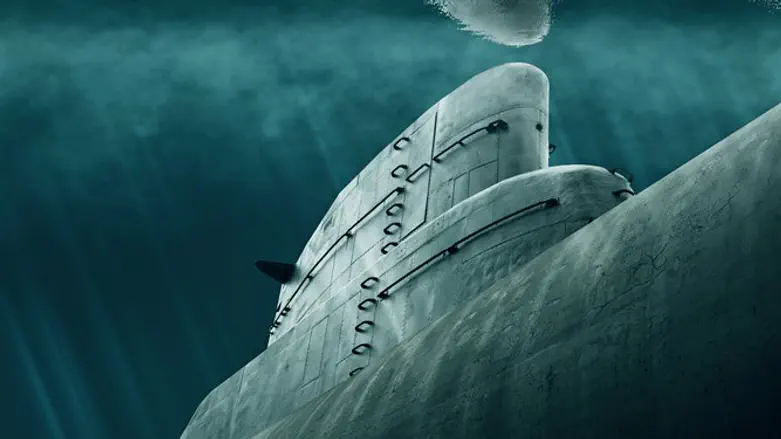
Russian ships have recently been active in the vicinity of vital undersea fiber-optic cables that power the internet, texts, calls, and world financial transactions, reports the Associated Press.
The US and its allies are concerned the Kremlin may be developing a new information warfare theatre. "We've seen activity in the Russian navy, and particularly undersea in their submarine activity, that we haven't seen since the '80s," Gen. Curtis Scaparrotti, commander of the U.S. European Command, told Congress this month.

Some say the Russian activity is unprecedented: “We are now seeing Russian underwater activity in the vicinity of undersea cables that I don’t believe we have ever seen,” said U.S. Navy Rear Adm. Andrew Lennon, the commander of NATO’s submarine forces. “Russia is clearly taking an interest in NATO and NATO nations’ undersea infrastructure.”
"There’s estimated to be more than 400 garden hose-sized fiber-optic cables running a total of 620,000 miles under the sea," said Stephen Johnson for Bigthink. "Most of the cables are owned by private telecommunications companies like Microsoft and Google, and together they carry the bulk of the world’s calls, emails, and $10 trillion in daily financial transactions."

Experts say the potential for disruption to vital world infrastructures is vast: "Without undersea cables, a bank in Asian countries couldn't send money to Saudi Arabia to pay for oil," reported Deb Riechmann for AP. "U.S. military leaders would struggle to communicate with troops fighting extremists in Afghanistan and the Middle East. A student in Europe wouldn't be able to Skype his parents in the United States.
"All this information is transmitted along tiny glass fibers encased in undersea cables that, in some cases, are little bigger than a garden hose. All told, there are 620,000 miles of fiber-optic cable running under the sea, enough to loop around the earth nearly 25 times.

"Most lines are owned by private telecommunications companies, including giants like Google and Microsoft. Their locations are easily identified on public maps, with swirling lines that look like spaghetti. While cutting one cable might have limited impact, severing several simultaneously or at choke points could cause a major outage.
"The Russians 'are doing their homework and, in the event of a crisis or conflict with them, they might do rotten things to us,' said Michael Kofman, a Russian military expert at nonprofit research group CNA Corp."
